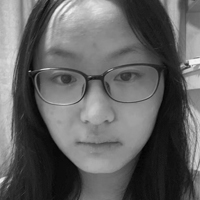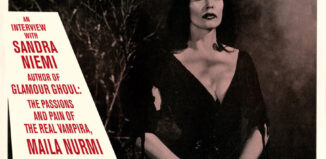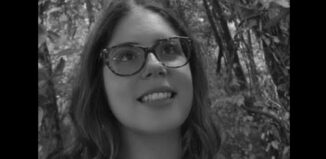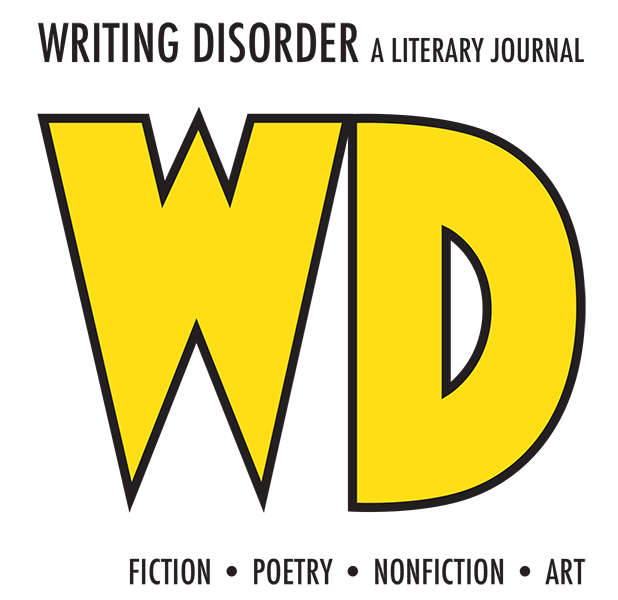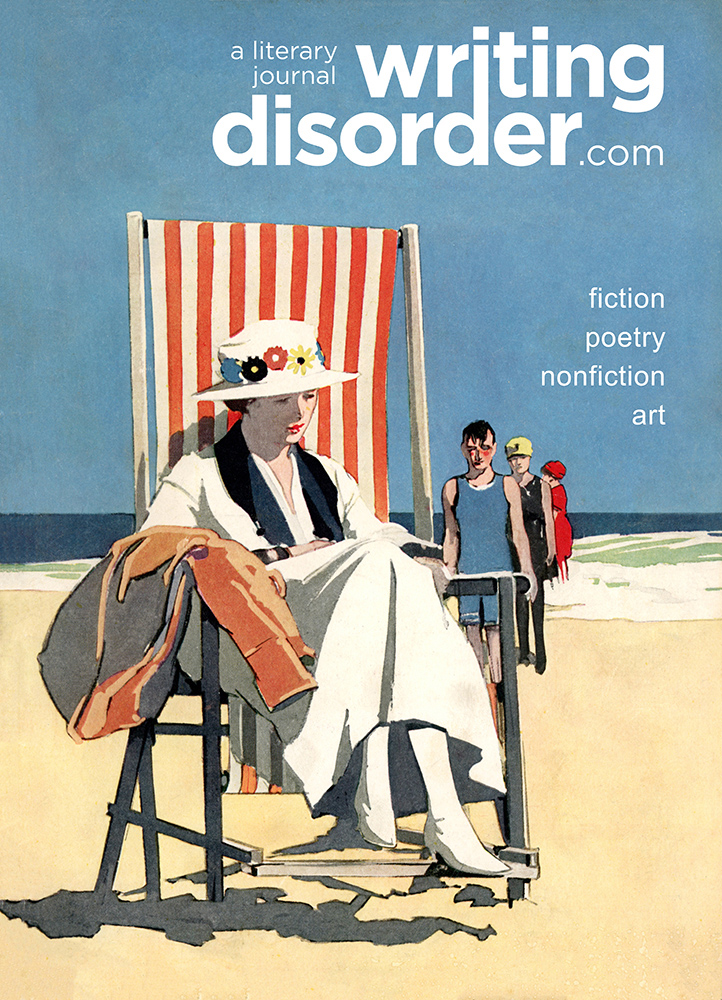When You Find Selma in the Bare Branches
by Beatrice Feng
‘Selma was deeply thoughtful rather than talkative, and her silence was a kind of music that carried onto a world of dreams and made him listen to the throbbing of his heart and see the ghosts of his thoughts and feelings standing before him, looking him in the eyes.’
—Kahlil Gibran, Broken Wings
Summer has taken her shower
and turned off the heater, abandoning
the bare branches that are knotted threads
of her lost hair to the yet undissolved white steam
of clouds and blue shampoo vapours of the sky.
‘Ghostly notes of flowers withered, leaves fallen,
birds departed and their songs evaporated, still linger
in the intricate net of branches. They were from
Summer’s conditioner. When the branches are exiled
from her and consequently take a life of their own,
the faint notes become crystallised as their memories.
And are memories not weavers and conjurers
of soul? The notes are inseparable from the branches
as smoke from a pipe.
If you smoke a branch, you can preserve
a copy of the notes in your lungs,
a manuscript of its soul.
Let the brisk air you just inhaled
and warmed with your body temperature
incarnate that manuscript,
and let your every breath
be a memoir of a forgotten branch
before all your breath
is returned to the air, when it would be the time
for the branches to write your memoir:
an aria of flowers blooming, leaves flickering,
birds nestling and singing.’
Selma’s silence rustles in your trachea.
The Lighthouse of St Blanche
‘BLANCHE: […] And I’ll be buried at sea sewn up in a clean white sack and dropped overboard–at noon—in the blaze of summer—and into an ocean as blue as
[Chimes again]
my first lover’s eyes!’
—Tennessee Williams, A Streetcar Named Desire
…and Blanche Dubois’s dying
wish is fulfilled. She’s turned
into an abandoned lighthouse.
The trauma haunted her human life
refuses to abandon her now. It comes
as myriad mirrors of raindrops capturing
the beautiful world and showing it to her.
Then, as always, the mirrors crash
down on her without rhyme or reason,
as if only to smash that lovely picture
they just promised.
And the cold and clear music
of the mirrors’ shattering
washes the pristine snow of her skin,
tarnishing it over time.
And the mirrors’ sharp fragments
glitter in the red scars
they’ve cut into the pale birthday cake
she has gradually become.
Yet she, kneeling
on the harsh edges of rocks,
keeps praying
to the clouded crystal of the sea.
Would it grant her three wishes
like the angel did Dwynwen?
No. Her faith lies not in God, but buried
deep in her beloved, sinful one
who had destroyed the beauty of her world.
Instead of imprisoning his image in ice
for his crime, she makes his eyes
the origin of ocean with all her magic
at the expense of her whole life and soul.
The sky is grey and cloudy,
but the crepuscular rays have descended,
that holy passage waiting
for the bride who has drunk the divine poison:
her scars red as fresh lips,
her frail white skin an ethereal wedding dress.
La Petite Mort
‘She smiled a bright hot smile which was forgetful of time or place or anything but the memory of his mouth on hers.’
—Margaret Mitchell, Gone with the Wind
The sweets cast
their variegated glance at you
from the glass case.
What? Do you call them art?
You know how frail
their allure is, a phantom tower
whose only support
columns are but fantastic shapes
and dreamlike patterns.
If you look into its windows, you will
not see anything
deeper or richer than a seductive ratio
of clarity and intensity.
It’s the most crude and basic form of fairy
tale: creamy basketballs,
green jade chess, sunflower cameos,
miniature peaches
and magnified cocoa beans, chocolate keyboards
insinuating their thirst
for fingers and the melody sealed in them,
a dainty raspberry storm
fueled by dark pink fragments of a mysterious flower
happening on the summit
of a cupcake. Streams of magical hair
sprouting from a fudge violet,
somehow finds a heart as hair clip, and somehow
ends up being a lovespoon.
After caressing them all with the childish
love bite of your eyes, you go
for the prettiest one.
That elderflower picasso. It’s half a planet,
nebula blue with rivers of cirrus
and a flower of blood.
Though the planet is not the hemisphere
you’ve bought, but only
the paint on it.
This blue world is thinner than sequin,
the rivers have no depth, the flower
is no more than a red dot.
But you will live here
for this moment,
will you not?
You will fall in love
with the story
the deep blue runestone and snow white inscription
tell you about the sanguine blossom:
when the Countess of Nosferatu
bleeds for the first
and last time,
she looks at her own blood
with awed fascination.
Realises what
she is composed of, and what
she could express.
Shattering the cold porcelain cups
of life and death,
she lets the magical red fluid escape
from the prison of her
cadaverous
skin.
Yet the spilled blood, doomed by its former dwelling
in the frail chamber of her heart,
cannot become anything
else. So it instantly blooms
into this bleeding heart
flower here.
Look! The balmy heart spreads the velvet wings
of its petals
and a graceful teardrop descends
from its core. Come
closer. Can you see another heart
enveloped
in this teardrop as if sitting in a glass
capsule of a Ferris wheel,
watching sunsets
concentrated in the flight of the petals?
Doesn’t it look exactly
like your heart?
You cannot deny. But it is truly absurd
that you have lived without a heart
for so long
and you shall find it in a sweet shop.
Is that why you are not bleeding
even if the little vibrant world
you are eating is as thin as the blade
of a knife and the cut it makes.
And certainly as sharp.
But wait! Its blade has cut
through your whole
being.
It’s so sweet…you scream, groan, weep
The world, it’s really so sweet
underneath its nonchalance
and your heart is, in fact,
oh how can it be…
so sweet.
BIO
Beatrice Feng studies Creative Writing at Lancaster University. They are an aspiring writer.


